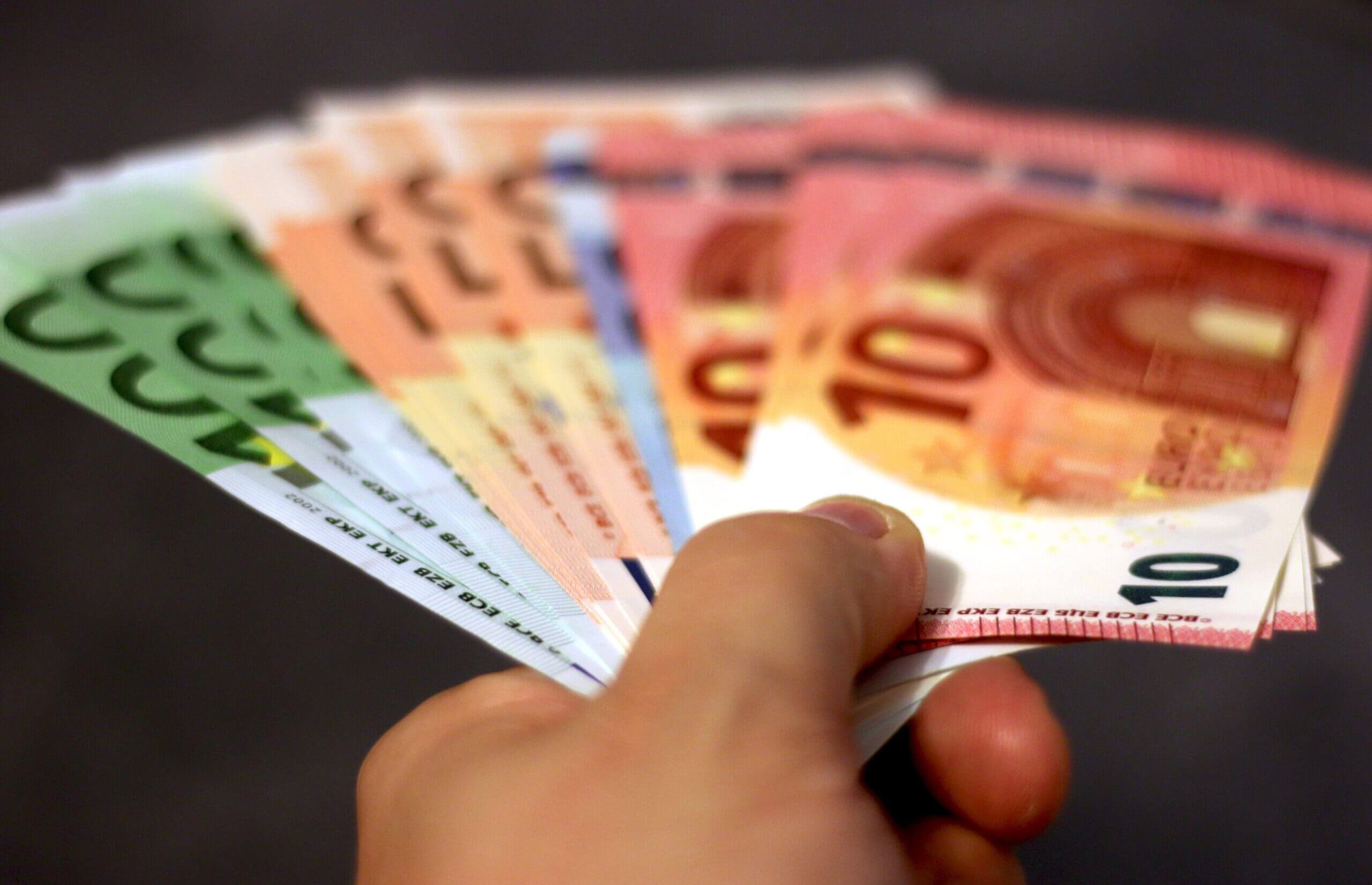
primer domain was triggered too early. This is usually an indicator for some code in the plugin or theme running too early. Translations should be loaded at the init action or later. Please see Debugging in WordPress for more information. (This message was added in version 6.7.0.) in /home/ikq167bdy5z8/public_html/propertyresourceholdingsgroup.com/wp-includes/functions.php on line 6114
The Euro, a currency born out of the vision for a united and economically integrated Europe, has traversed a remarkable journey since its conceptualization. Emerging from the need for stability in the aftermath of World War II, the Euro faced challenges and disruptions, prompting the establishment of the European Monetary System in 1979. However, it was the 1989 Delors Report that set the stage for a transformative Economic and Monetary Union (EMU). On January 1, 1999, the Euro became a tangible reality, with 11 EU countries aligning their exchange rates and entrusting monetary policy to the European Central Bank. Over the years, the Eurozone expanded, and today, the Euro stands as one of the world’s major currencies, facilitating trade and fostering competition.
As we delve into the Euro’s historical evolution, we explore its significance in the global financial landscape, the benefits it brings to consumers and businesses, and the potential it holds for the future. From plans for advanced banknotes to the imminent introduction of a digital Euro, we witness the Euro embracing innovation to meet the evolving needs of a dynamic world. This journey unfolds not merely as a testament to economic integration but as a narrative of resilience, adaptability, and a commitment to shaping the future of currency in a rapidly changing digital era.
Post-World War II Stability:
After the relative stability of international currencies in the post-World War II period, disruptions in currency markets threatened the common price system of the Common Agricultural Policy, a key component of the European Economic Community (EEC).
1979 – European Monetary System (EMS):
Efforts to achieve stable exchange rates faced challenges due to oil crises and other shocks until the launch of the European Monetary System (EMS) in 1979.
1989 – Delors Report:
Under the presidency of Jacques Delors in 1989, the Delors Report outlined a three-stage preparatory period from 1990 to 1999 for the creation of an Economic and Monetary Union (EMU).
January 1, 1999 – Euro Becomes Reality:
Eleven EU countries, including Austria, Belgium, Finland, France, Germany, Ireland, Italy, Luxembourg, Netherlands, Portugal, and Spain, fixed their exchange rates and entrusted monetary policy to the European Central Bank (ECB).
Eurozone Expansion:
Since its inception, nine more countries have joined the eurozone: Greece, Croatia, Cyprus, Estonia, Latvia, Lithuania, Malta, Slovakia, and Slovenia.
Significance Today:
The euro is one of the world’s major currencies, used by around 350 million people daily. It is the second-most traded currency globally after the US dollar. Additionally, 60 countries and territories outside the EU have linked their currency directly or indirectly to the euro.
Benefits:
The euro facilitates cross-border trade, allows price comparisons between countries, and enhances business competition. It simplifies eurozone and global trade transactions, benefiting consumers and businesses alike.
Future Prospects:
The evolution of the euro reflects its pivotal role in European integration, economic stability, and the embrace of digital advancements to meet the changing needs of the future.